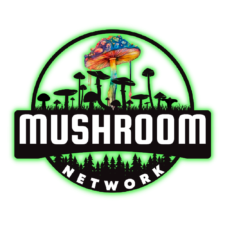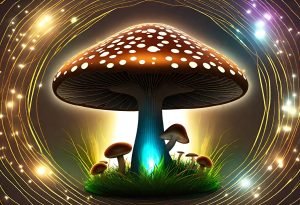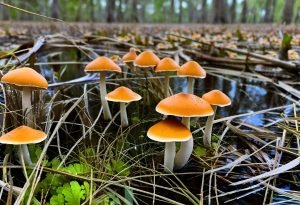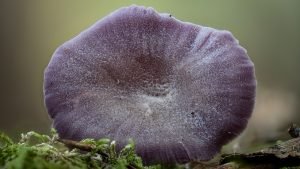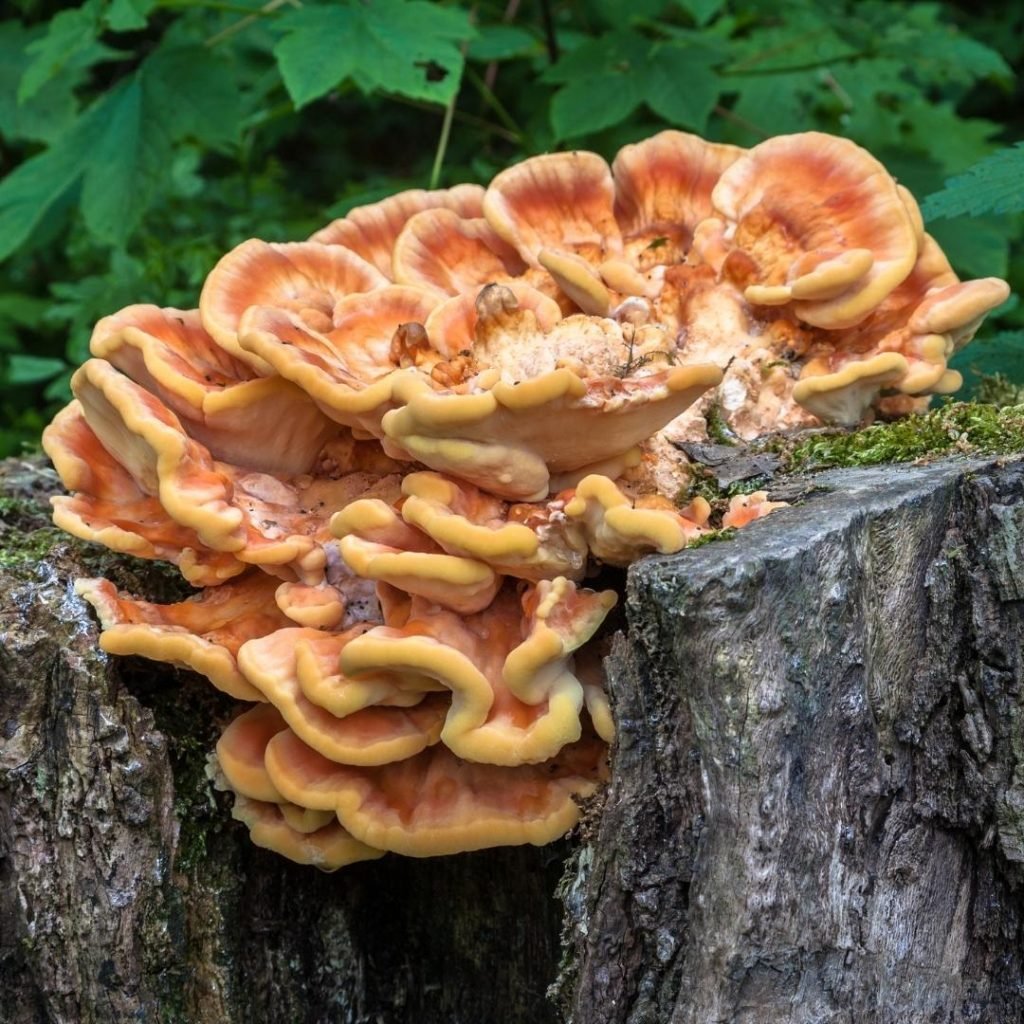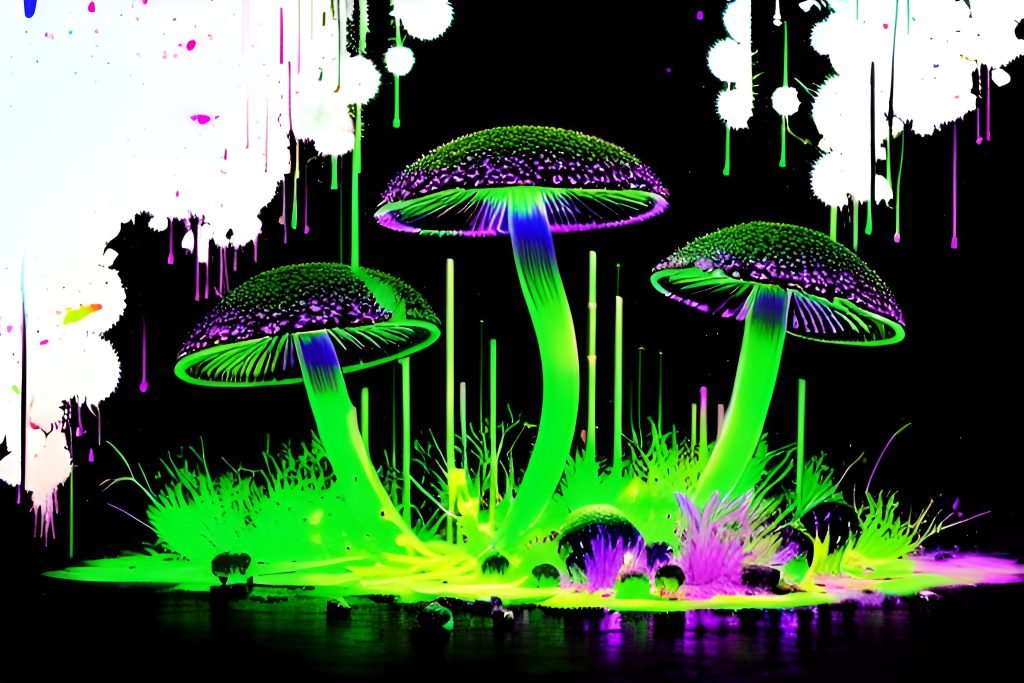The intricate dance of life often revolves around relationships. Nowhere is this more apparent than in the world of fungi, where symbiotic relationships flourish and thrive. From Rhizopus Stolonifer, the Black Bread Mold, to the expansive networks of Armillaria Mellea, the Honey Fungus, these organisms demonstrate the power of interdependence and harmony.
The Delicate Web of Life:
Fungi, with their diverse and multifaceted forms, often engage in partnerships that not only enhance their survival but also enrich the ecosystems they inhabit. These alliances, rooted in reciprocity and mutual benefit, offer valuable insights into fostering positive relationships in our human societies.

Understanding Fungal Partnerships:
In the vast fungal kingdom, many species have mastered the art of forming partnerships with other organisms. One classic example is the relationship between fungi and plants. Through mycorrhizal associations, fungi extend their hyphae into plant roots, supplying the plant with essential nutrients while receiving sugars in return. This alliance is so successful that about 90% of plants have some form of mycorrhizal relationship.
Rhizopus Stolonifer, or Black Bread Mold, although notorious for spoiling our pantry staples, also engages in symbiotic interactions. In certain environments, this mold forms mutualistic partnerships with plants, helping in nutrient cycling and organic matter decomposition. Such relationships underscore the notion that even organisms labeled as “pests” can play pivotal roles in balanced ecosystems.
The Honey Fungus, Armillaria Mellea, provides another intriguing case. This fungi, while known for its bioluminescent properties, is also a proficient networker. It forms vast underground mycelial networks, connecting different plants and trees, thereby facilitating nutrient transfer and communication across the forest floor. This “Wood Wide Web” exemplifies nature’s version of the internet, fostering interconnectivity and mutual support.

Lessons from Fungi: Interdependence and Collaboration:
As humans, we can draw several lessons from fungi’s penchant for symbiosis. First and foremost is the value of collaboration. Just as fungi collaborate with plants for mutual benefit, humans too can achieve more by working together, pooling resources, and sharing knowledge.
Interdependence, another fungal hallmark, teaches us the importance of recognizing our interconnectedness. In nature, the survival of one species often hinges on the well-being of another. Similarly, in human societies, the well-being of individuals is intertwined with the health and prosperity of the community at large.
Lastly, fungi illustrate the beauty of diversity and coexistence. In ecosystems where diverse fungal species coexist, there is enhanced resilience against disturbances and diseases. This mirrors human societies where cultural and ideological diversity can foster innovation, adaptability, and resilience.
The universe of mushrooms is expansive, each variant bearing its own unique charm and characteristics. The Marketplace on the 🍄 Mushroom Network is a testament to this diversity. It is a haven for those seeking a deeper understanding of the magical world of mushrooms. If you’re keen on learning more about this type of mushroom and other mushroom variants, this Marketplace is your ultimate resource.
No posts found!
Beyond Biology: Applying Fungal Principles in Human Societies:
The principles of fungal symbiosis aren’t limited to biology; they have profound implications for human societies and our approach to relationships. The idea of “win-win” scenarios, where both parties benefit from an association, can be a cornerstone in areas like diplomacy, business, and community engagement.
In an era marked by competition, fungi remind us of the power of cooperation. Instead of a zero-sum game, we can strive for paradigms where success is collective, and progress is shared.
Moreover, the adaptability of fungi, their ability to form associations in varied environments, inspires us to be more flexible and open-minded in our interactions. Whether it’s in international relations or interpersonal dynamics, there’s a lot to be gained from mutual respect, understanding, and collaboration.
Not sure where to start? The 🍄 Mushroom Academy offers a wide range of courses tailored to your needs. Whether you’re a beginner eager to learn or an experienced mycologist looking to broaden your knowledge, the 🍄 Academy has something for everyone.

Interconnecting Threads of Life:
In the grand tapestry of life, fungi illuminate the threads of interdependence and symbiosis. As we navigate the complexities of the 21st century, understanding and emulating these fungal principles can pave the way for a more harmonious, cooperative, and interconnected global society.
Don’t forget to check out the 🍄 Mushroom Network’s Marketplace to see what’s available. But hurry, our shelves are constantly evolving, and you wouldn’t want to miss out on this wonderful mushroom. Join our growing network of Patrons, Genetics, and Mycologist Vendors only on the 🍄 Mushroom Network!
Recommended Reads:
Modern Renaissance: The Resurgence of Psychedelic Fungi in Therapy
ADMIN. ONLY PAGE NOTE Journey through the ‘Modern Renaissance’ of psychedelic fungi in therapy. 🍄...
Read More...Swamps and Spores: A Glimpse into Florida’s Fungal Diversity
About This Article: Dive deep into Florida’s mycological marvels with ‘Swamps and Spores’. 🍄🌲 From...
Read More...Amethyst Deceiver (Laccaria Amethystina)
Welcome, fungi enthusiasts and scholars! Step into the enchanting world of Laccaria Amethystina, a mushroom...
Read More...Cultivating Your Kingdom: A Guide to Growing King Oyster Mushrooms
The King Oyster Mushroom, also known as Pleurotus Eryngii, is the regal counterpart to the...
Read More...Whoa there, Spore Sport! 🍄 Looks like you’re not logged in yet. Don’t you know what you’re missing? MYCO-CREDITS! Imagine all the fungal fun you could have. It’s like finding a Morel in May and not picking it. Tragic, right? Log In or Become a Myco-Patron and start racking up those credits. It’s more rewarding than finding a mushroom in your backyard! 🌟🏡
